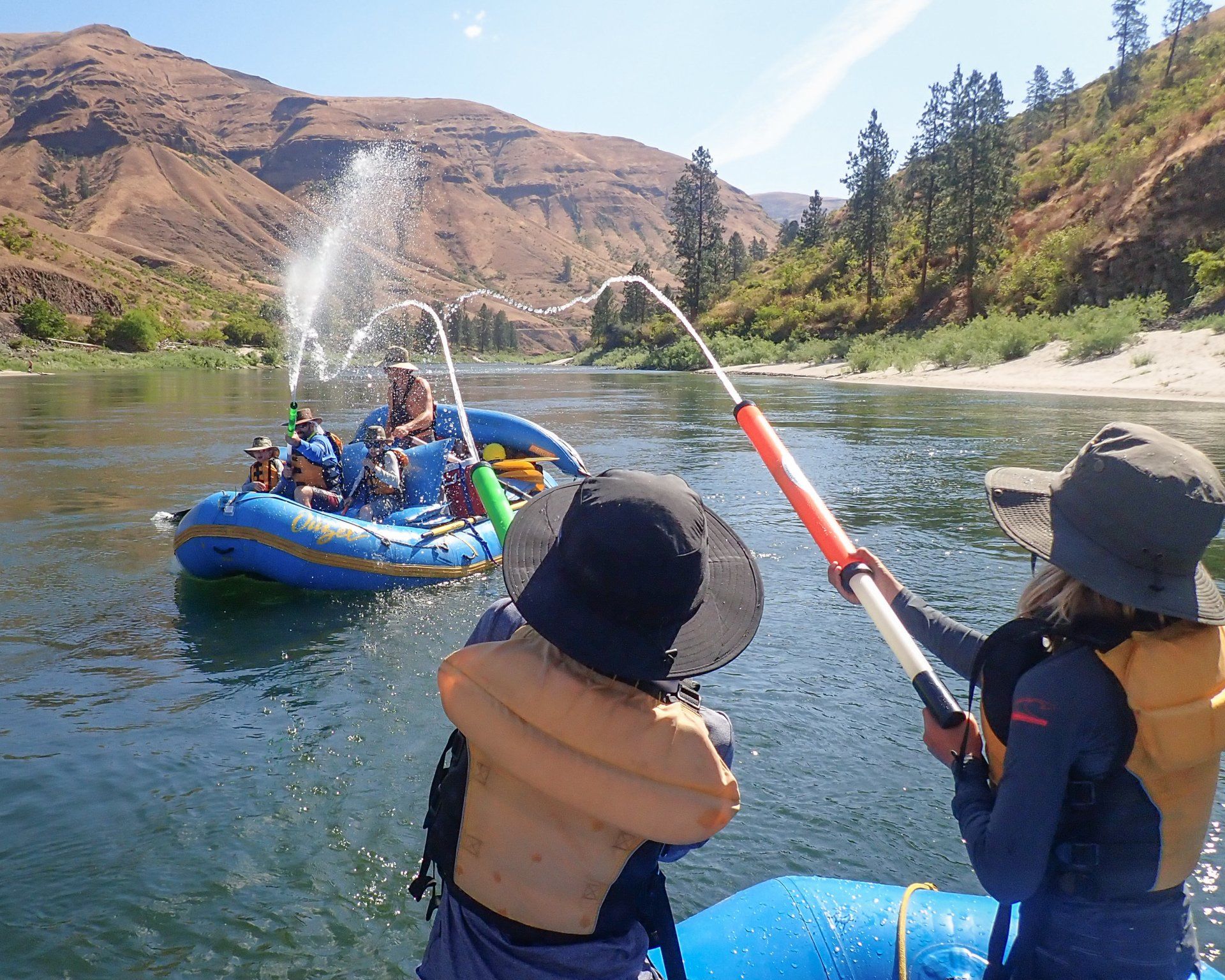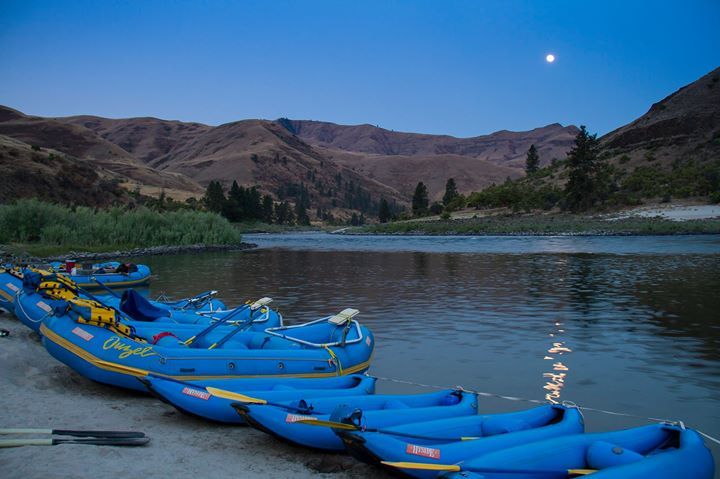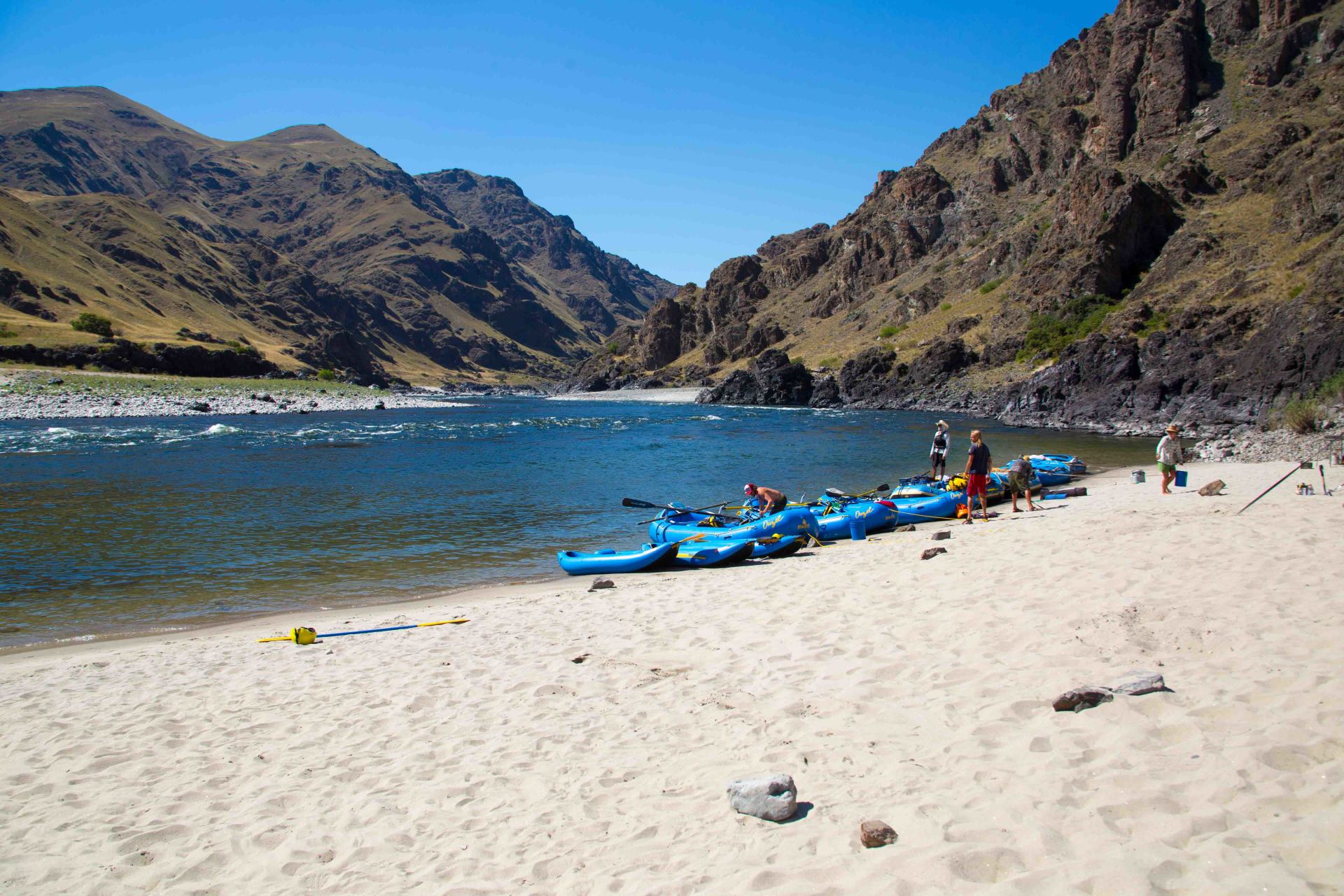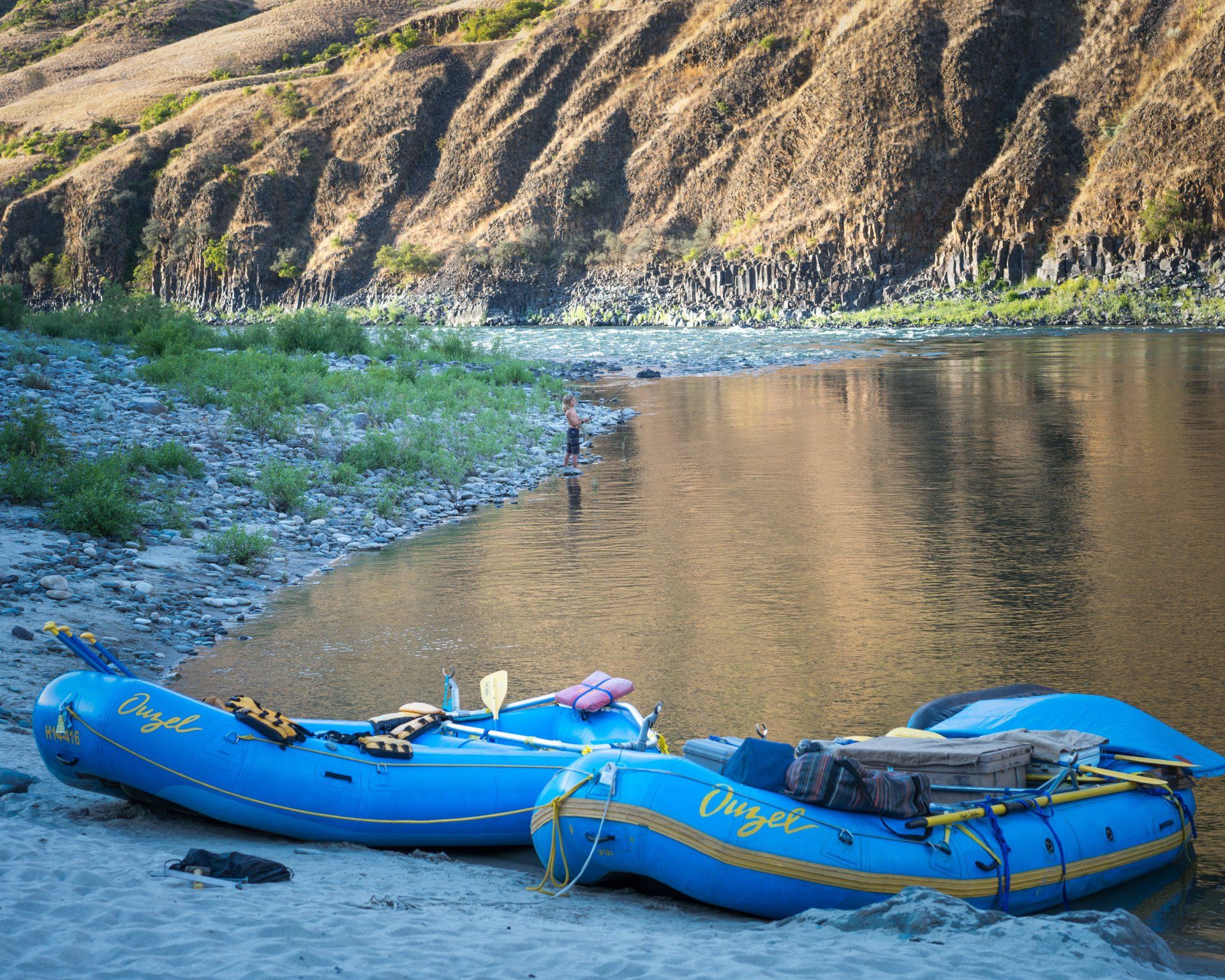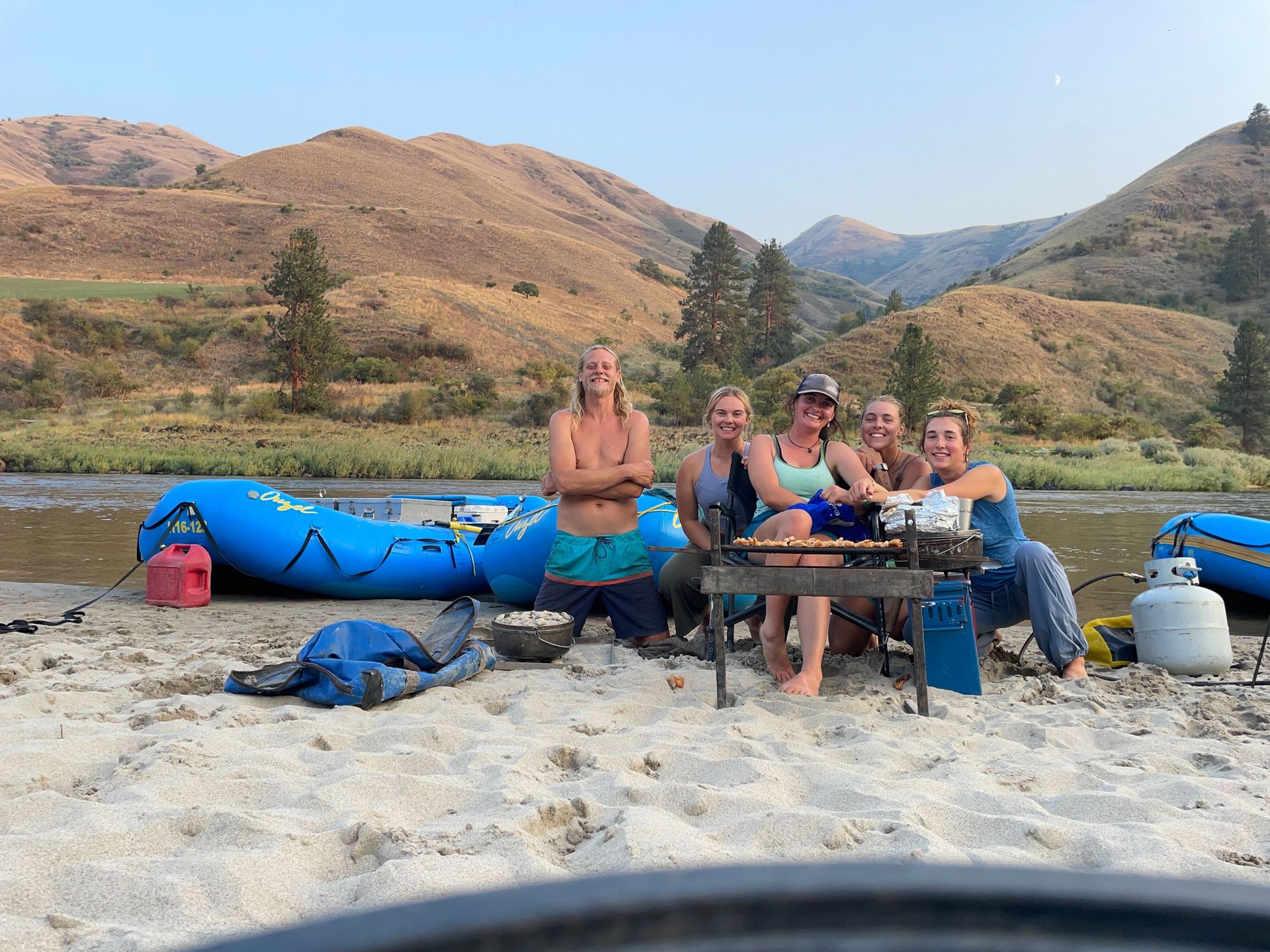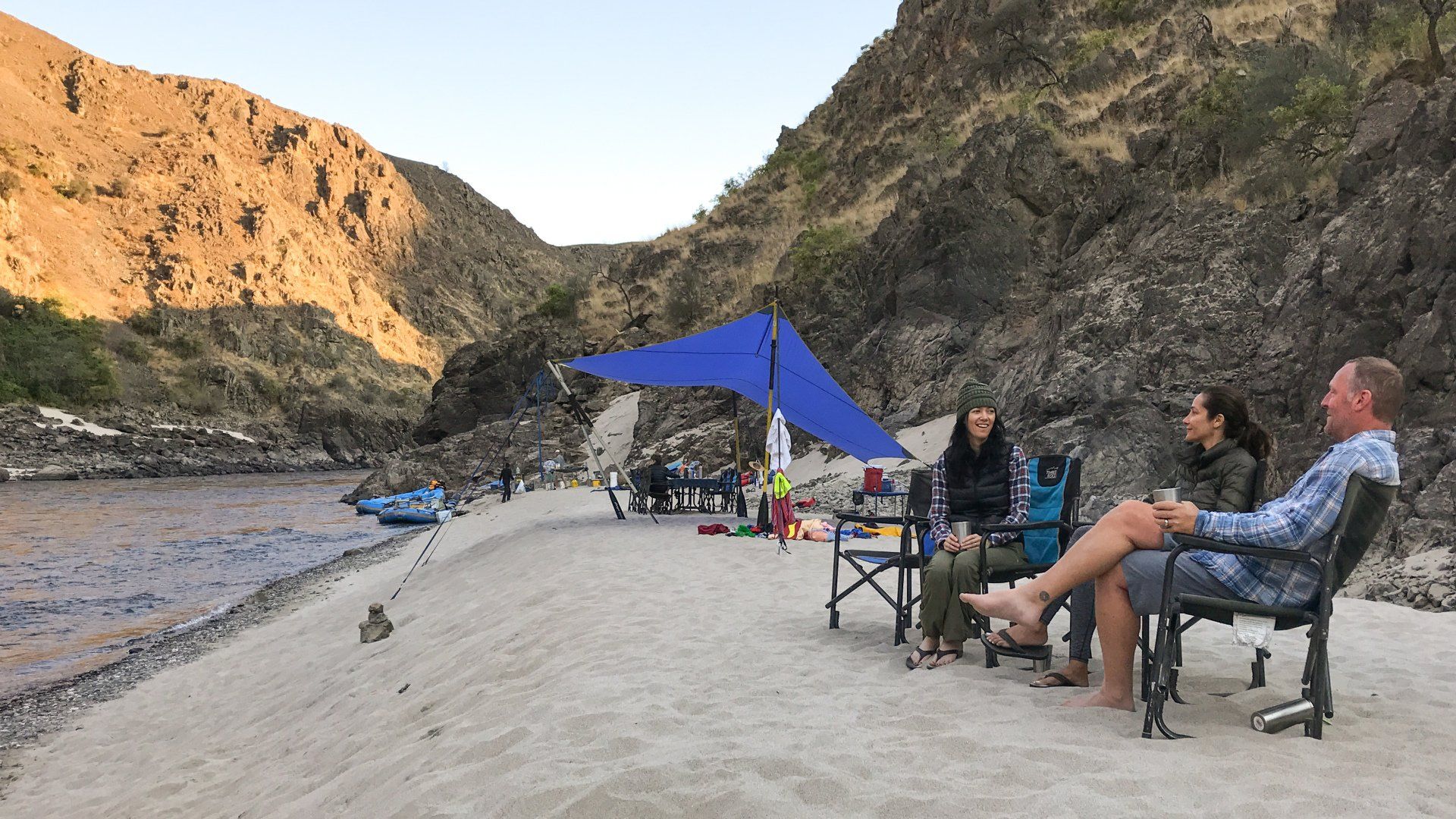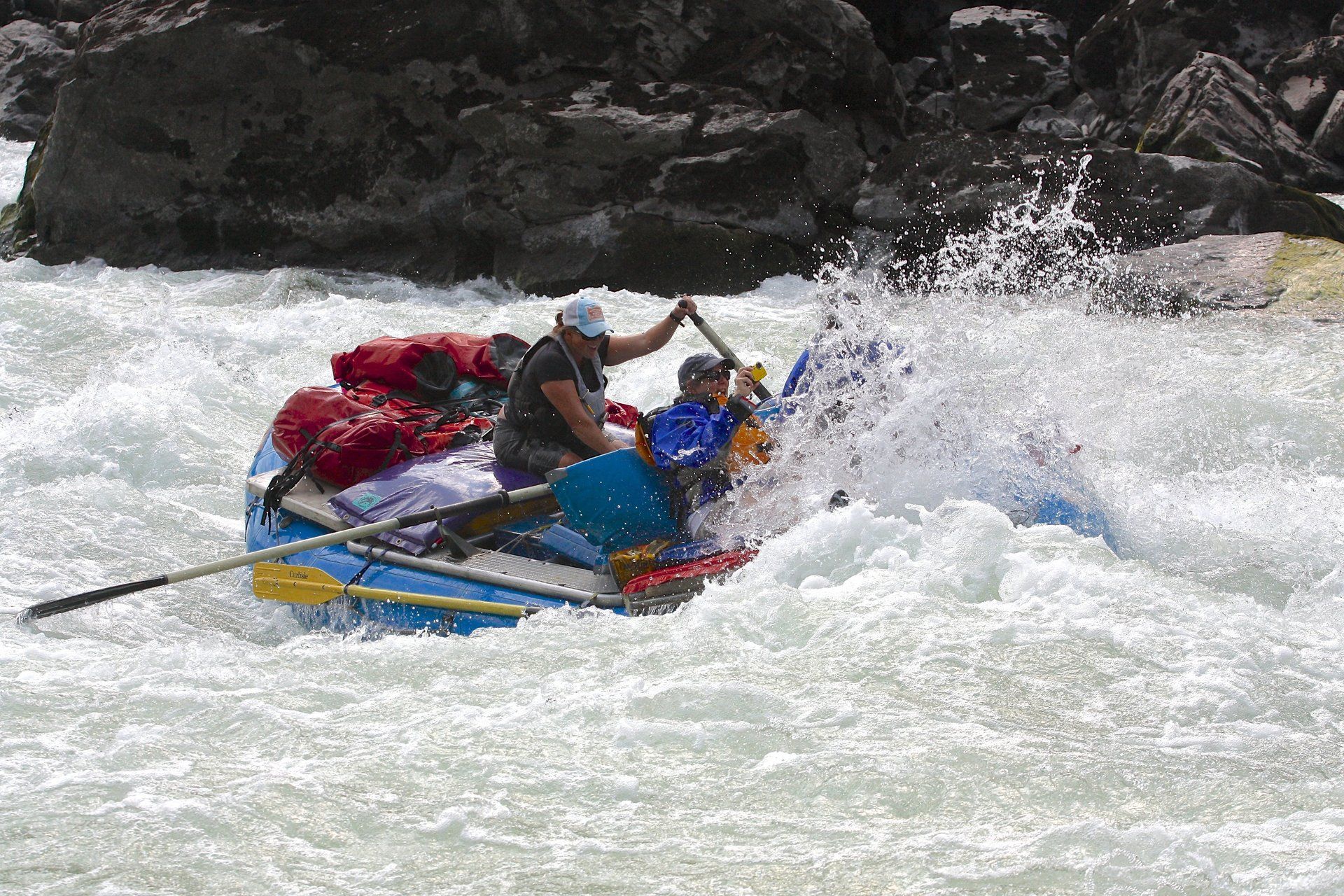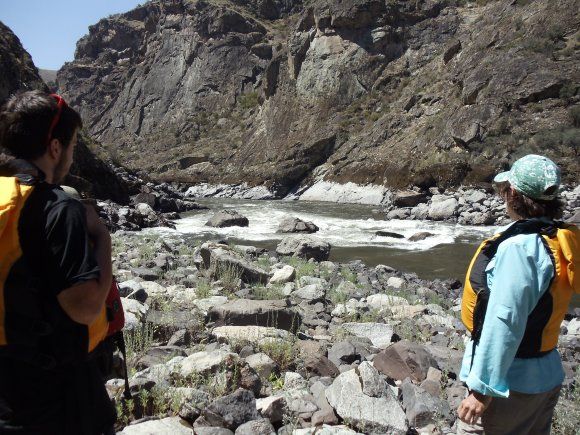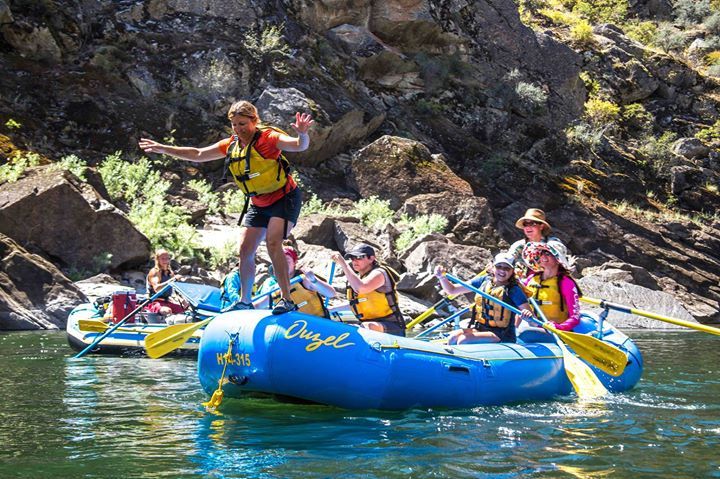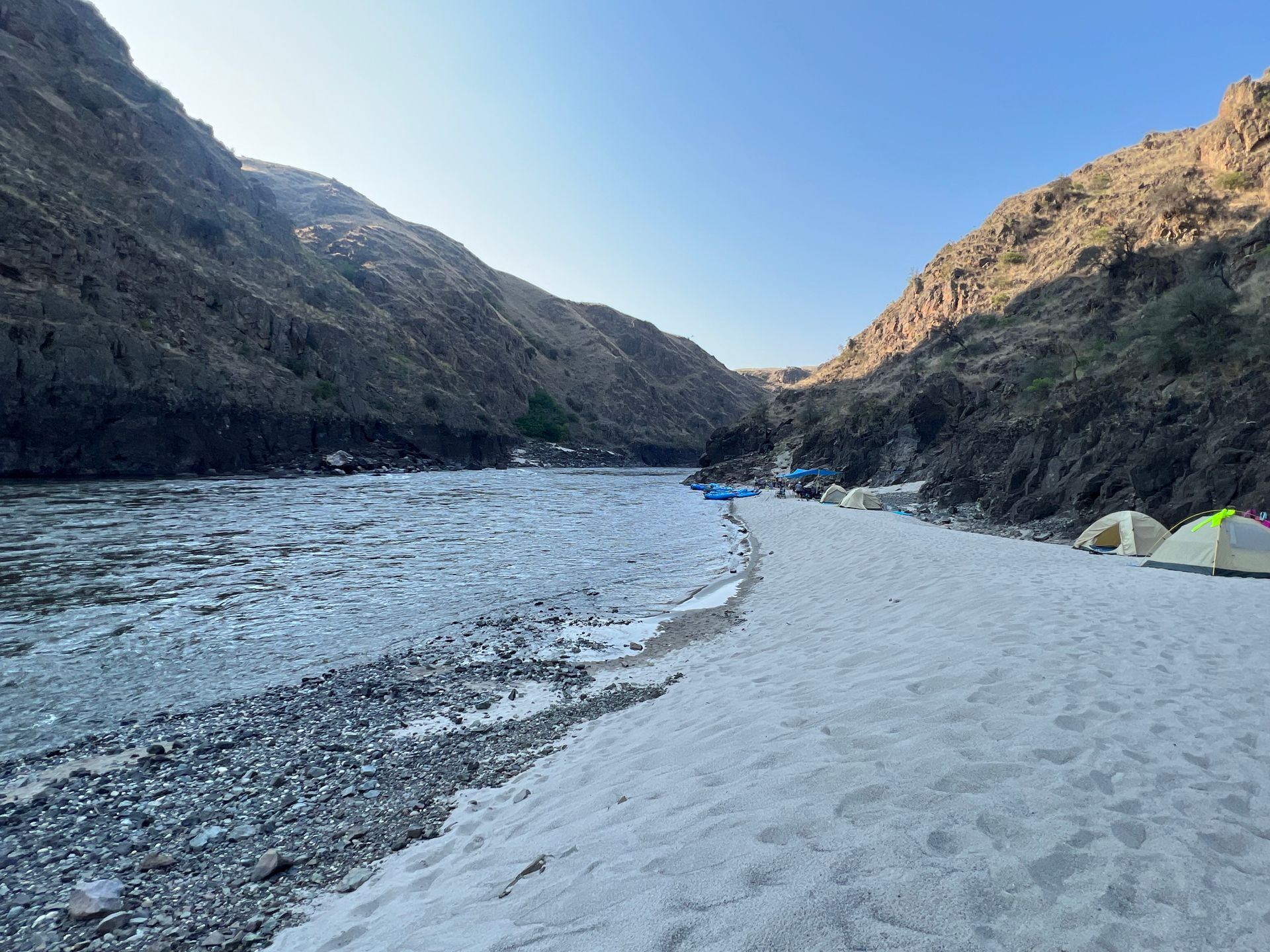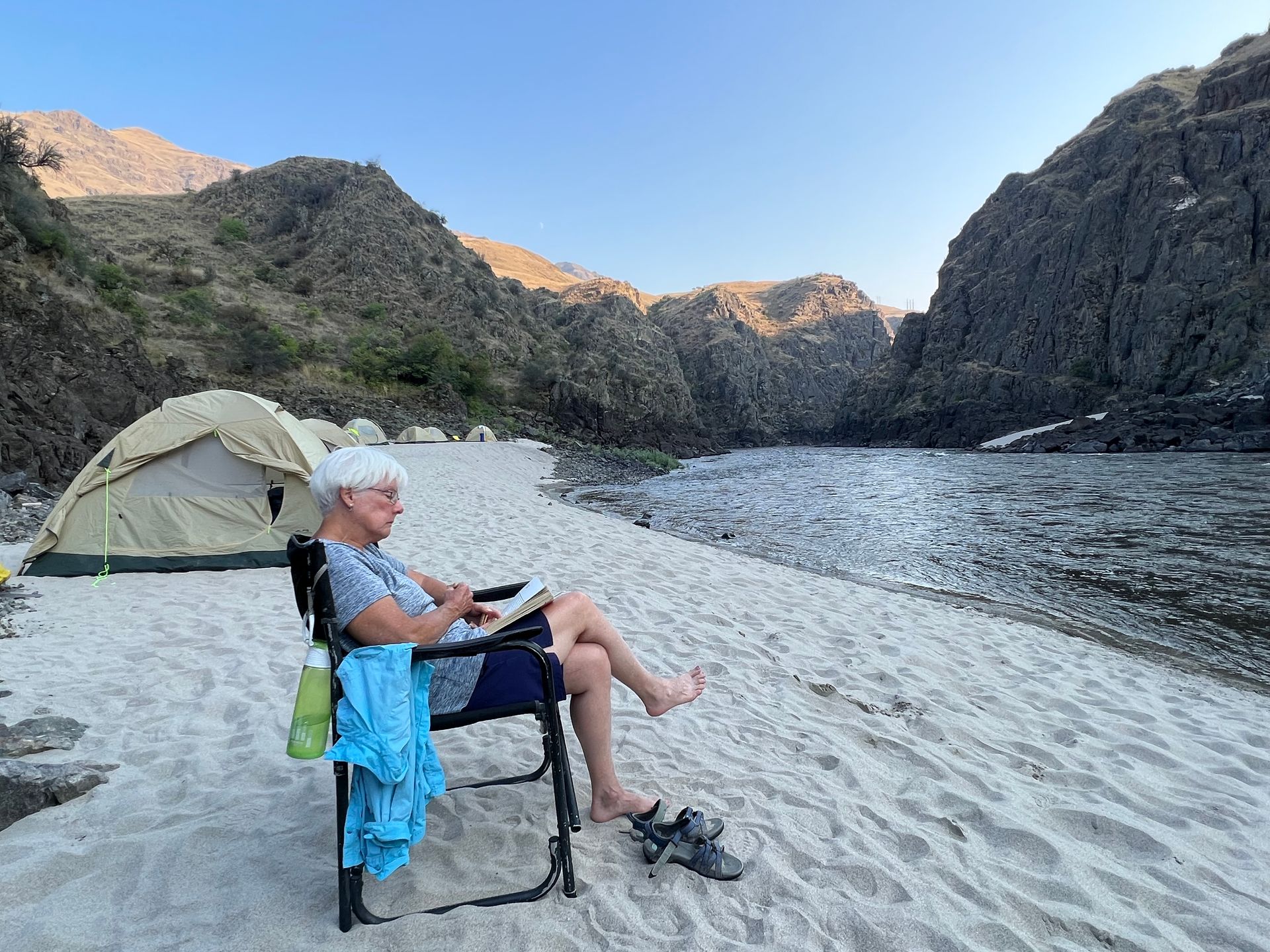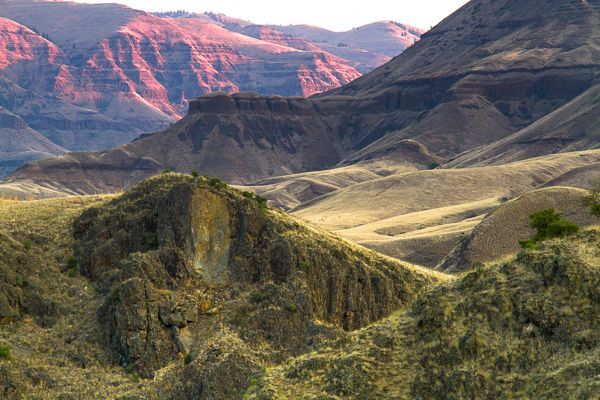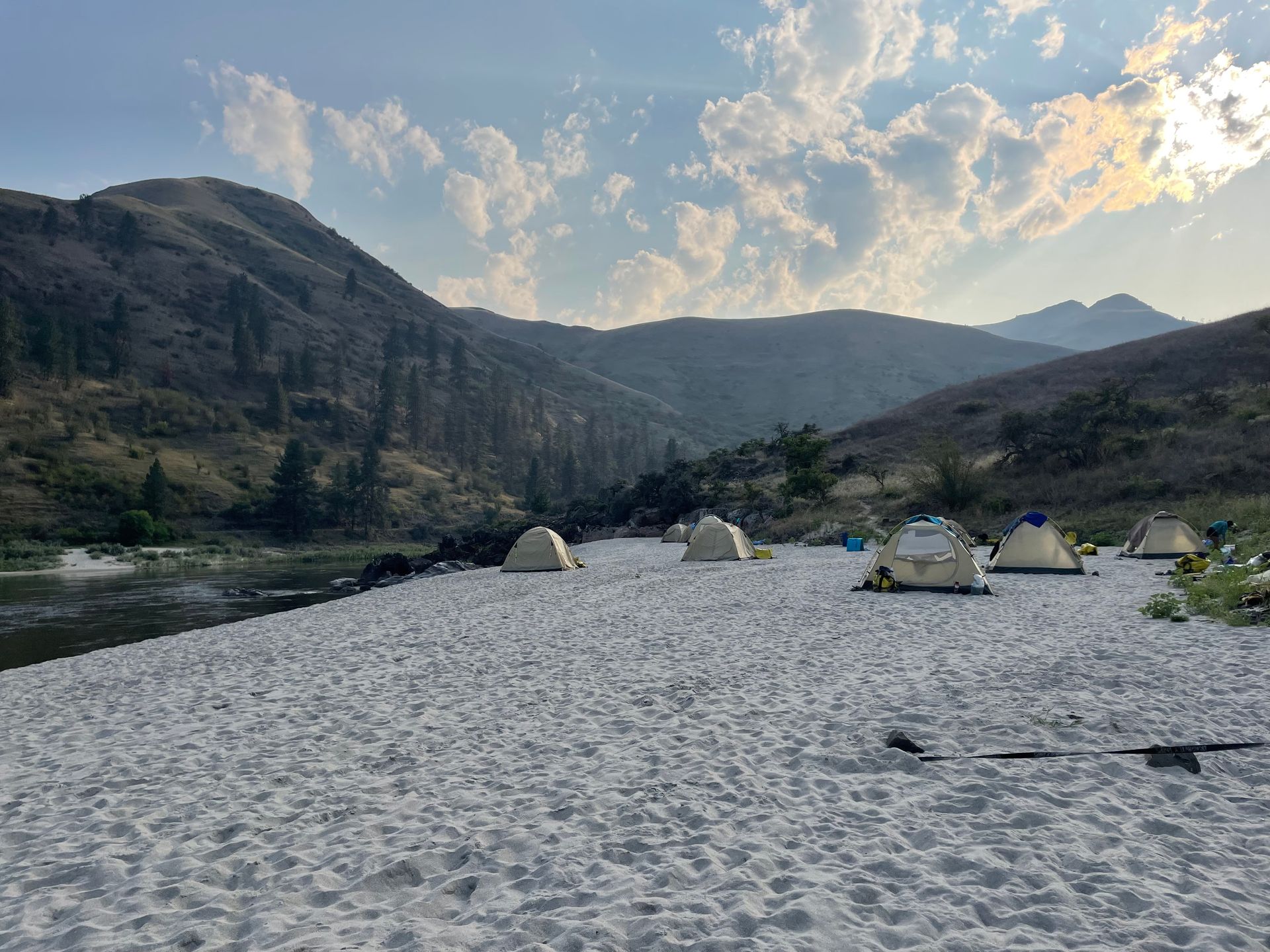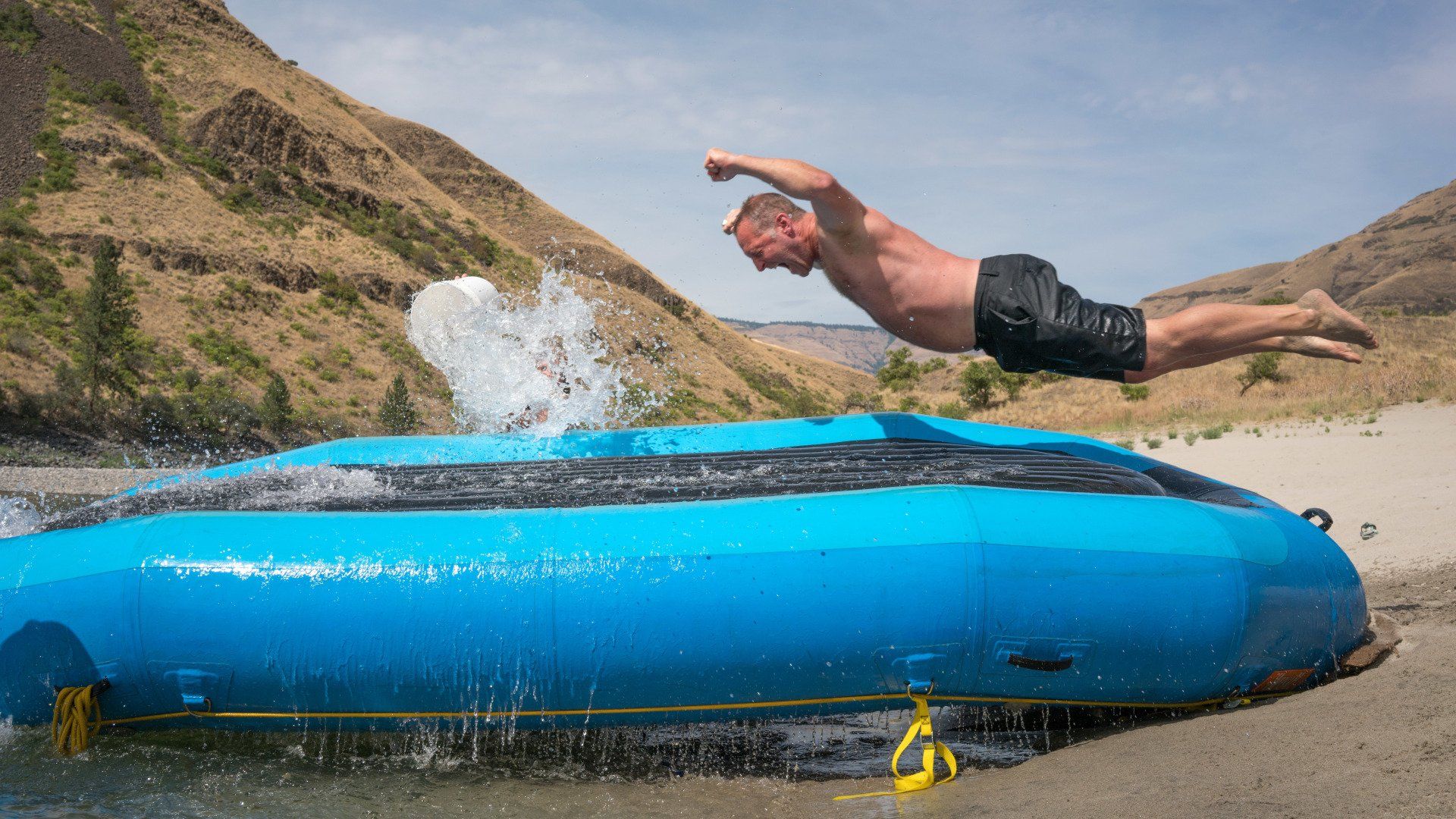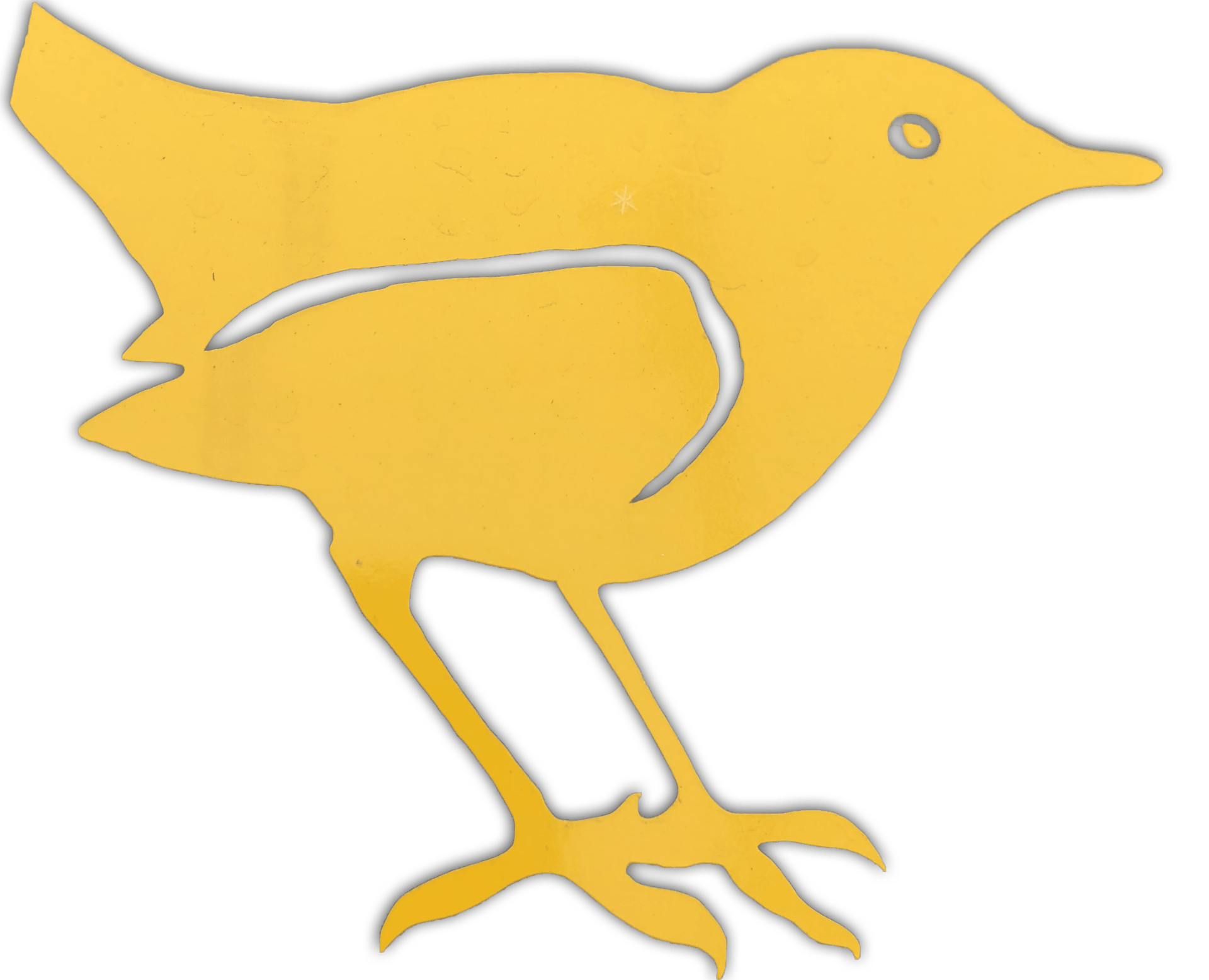Lower Salmon River Rafting Trips
Family friendly adventures that are splashy, warm and fun for everyone!
The Lower Gorges of Idaho’s famous Salmon River offers big splashy rapids, warm clear water, and beautiful white-sand beaches set in one of North America's deepest and most dramatic river canyons. The gentle nature of the river and the beautiful beaches make this a favorite for families. The trip finishes with an exciting jet boat ride from the confluence of the Salmon & Snake Rivers to Clarkston, WA where guest vehicles are waiting.
Trip Length: 4 & 5 Day Trips
Rafting Season: July – September
Difficulty: Class III
Minimum Age: 7
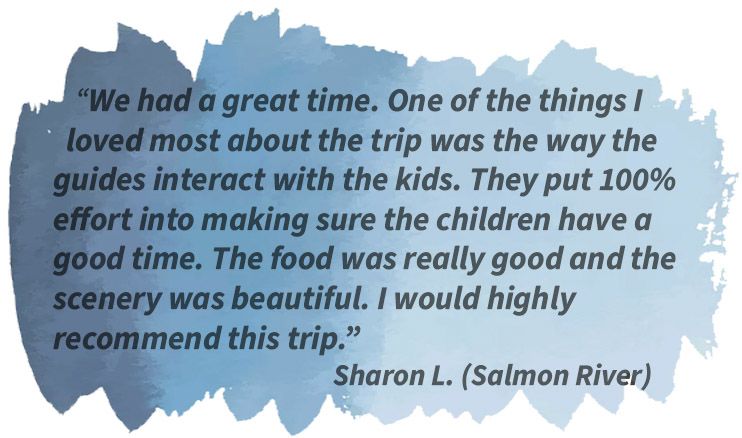

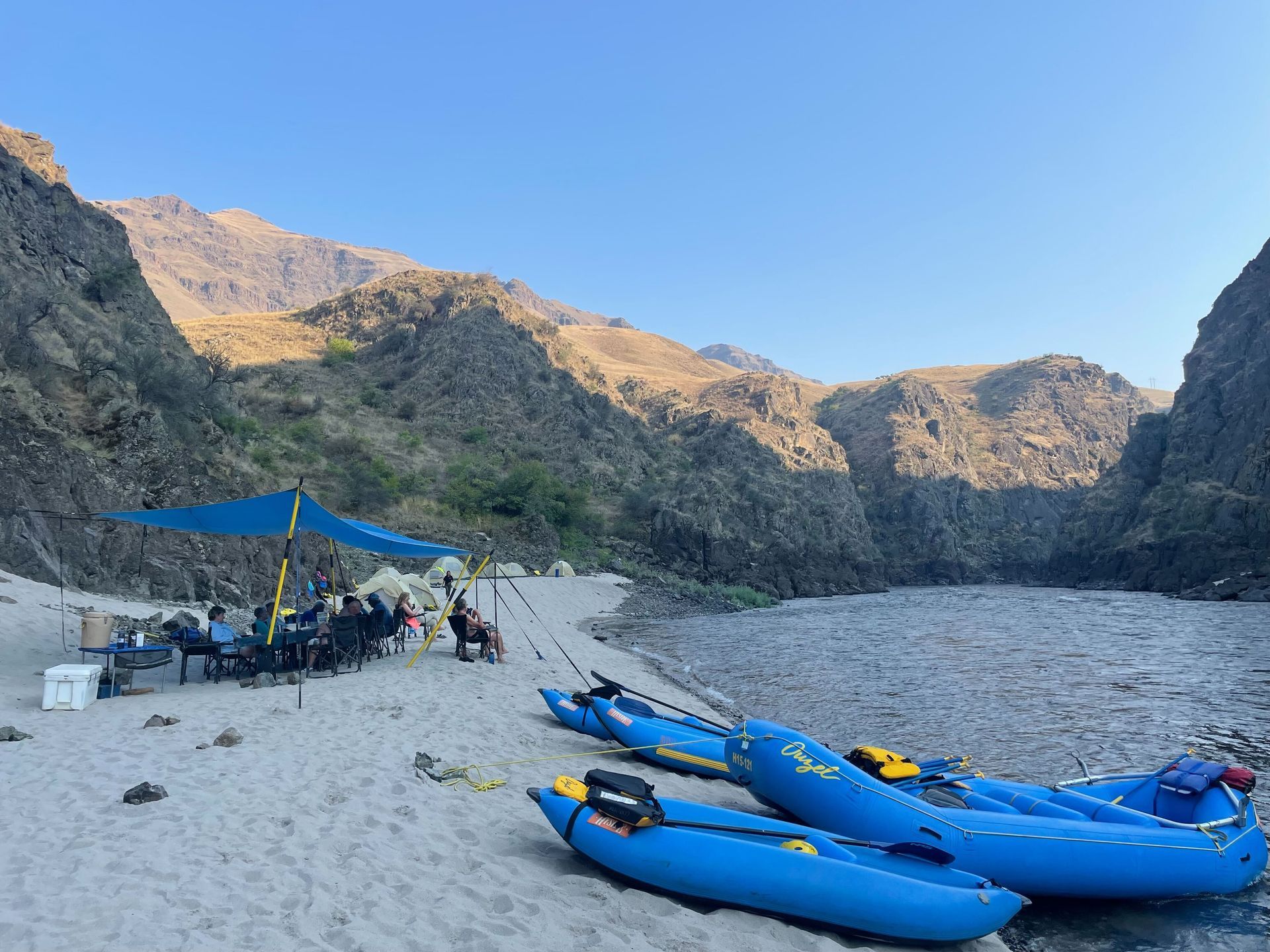
4 Day Trip
White sandy beaches
$1,429.00 (Adult)
$1,379.00 (Youth - 7 to 12)
The 4-day trip runs 53 miles in rafts from Hammer Creek Boat Launch to the confluence of the Snake River where a jet boat is waiting to take you another 50 miles to Clarkston, WA. This trip offers plenty of sunshine, big splashy rapids, warm water and a camping experience second to none. Paddle the rapids, swim and play during the day and in the evenings enjoy the dramatic canyon scenery and a stunning star-studded sky.
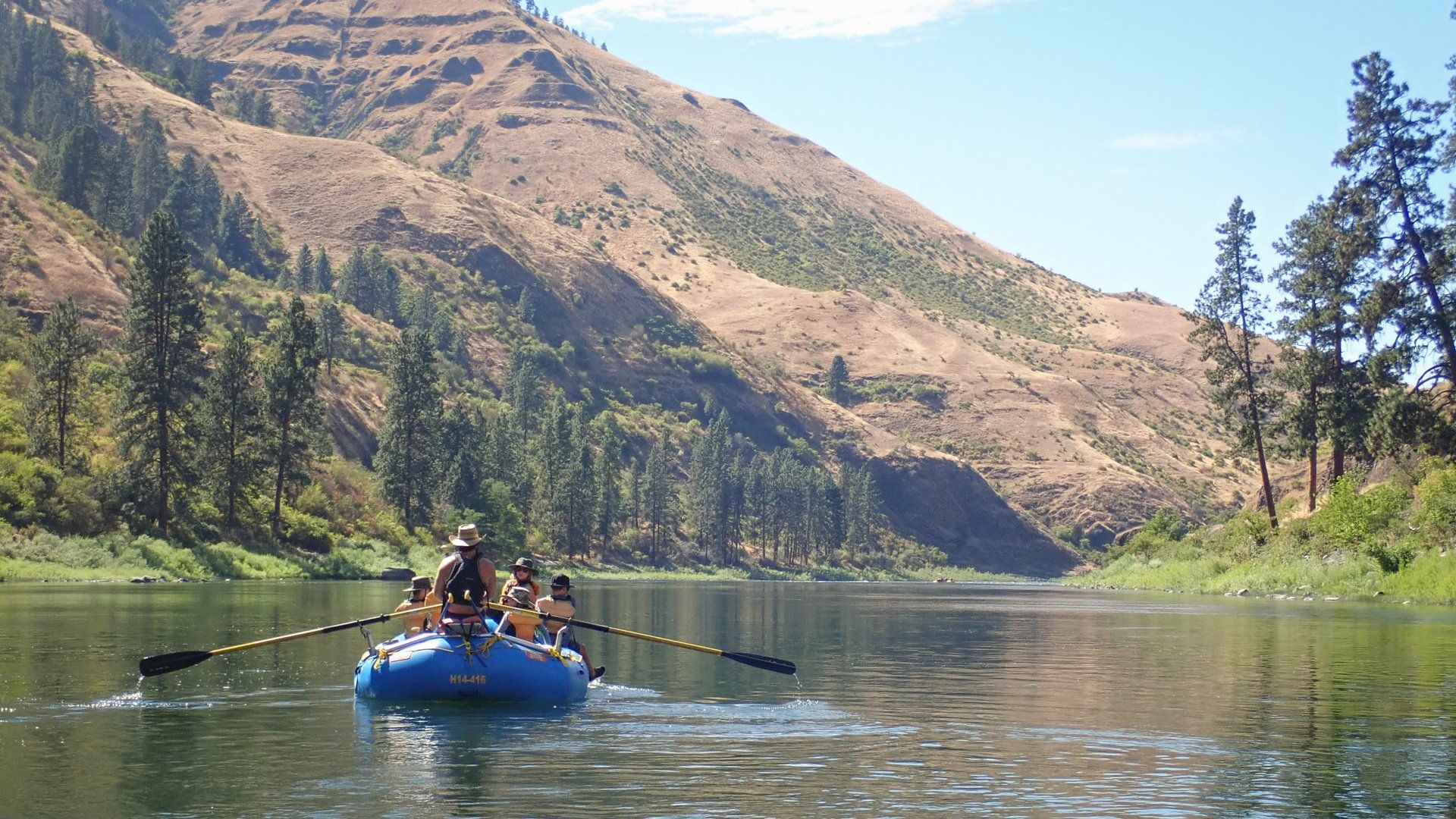
5 Day Trip
Perfect Idaho Getaway
$1,629.00 (Adult)
$1,579.00 (Youth - 7 to 12)
The 5-day trip runs 53 miles in rafts from Hammer Creek Boat Launch to the confluence of the Snake River where a jet boat is waiting to take you another 50 miles to Clarkston, WA. For many, five days and four nights is the perfect amount of time to spend on the river -- especially later in the summer when the river is lower and slower, the water is warmer and temptation to linger is irresistible.
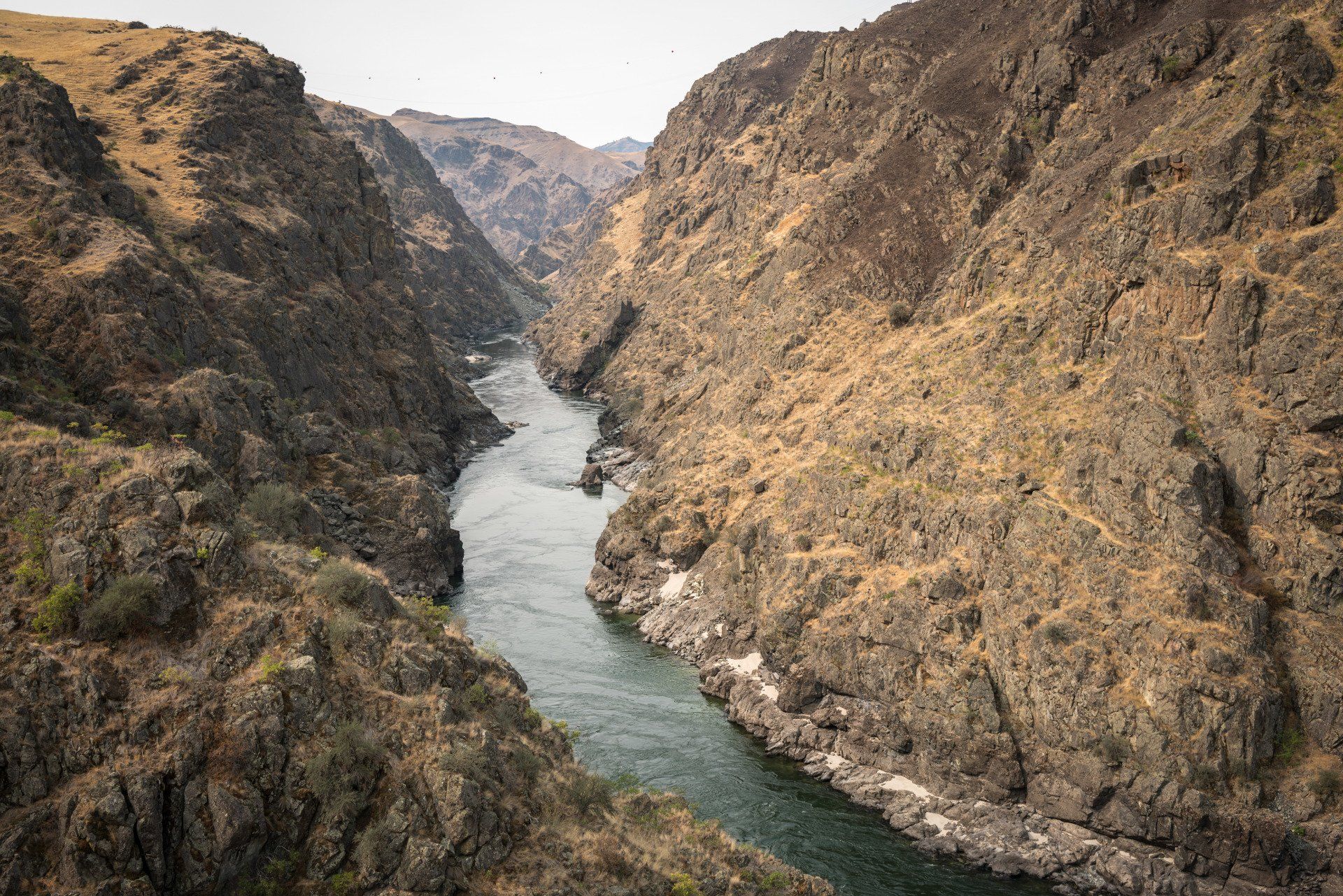
4 Day Geology Trip
Journey through time
$1,629.00 (Adult)
$1,579.00 (Youth - 7 to 12)
The Lower Salmon River winds through a deep, impressive canyon whose rock walls and valley deposits record over 200 million years of western North America’s geologic history.
The Lower Salmon Canyon is also the earliest known occupation site by humans in North America. The Cooper’s Ferry site, which we will visit, has recently produced artifacts and evidence of human settlement approximately 16,000 years ago.
Lower Salmon River Travel & Area Information
Weather Conditions
The weather in the Salmon Canyon from mid-June to early September is typified by hot sunny days and pleasant nights. However, the mountainous terrain is susceptible to thundershowers during the summer. Water temperatures in July and August are usually in the high 60s or low 70s.

Getting There
Meeting Location
All trips meet at the boat ramp near Hammer Creek Recreation Site and Campground in White Bird, Idaho at 9:00 a.m. Pacific Time. In some cases, when water levels are low later in the summer, we may change the meeting location to Pine Bar. Guests will be informed well ahead of the trip if this becomes necessary.
Airport
If flying, make connections to Lewiston-Nez Perce Regional Airport(LWS). Given the distances involved to our launch location it may be advisable to rent a car as shuttle services to the launch site may cost significantly more than a car rental. The Lewiston airport is just 5 miles from the Holiday Inn in Clarkston where the trip ends.
Transportation & Shuttles
Your vehicle will be shuttled from the meeting location at Hammer Creek (or Pine Bar) to the Holiday Inn in Clarkston, WA during the trip. This is where the jet boat ride ends on the last day. Please bring an extra set of keys (we realize this is not possible with a rental car) and have a full tank of gas.
Hammer Creek Meeting Location Map
Pine Bar Meeting Location Map
Where to Stay
Grangeville (30 Minutes from our Meeting Location)
Whitebird Summit Lodge - Rustic Lodge – Great Reviews
(208) 983-1802
Super 8 Motel - Convenient and affordable
(208) 983-1002
Elkhorn Lodge - Newly constructed rustic lodge
(208) 983-1500
Gateway Inn - Clean and simple – friendly staff
(208) 983-2500
Lewiston/ Clarkston (1 Hour, 50 minutes from our Meeting Location)
Holiday Inn - Clarkston, WA (833) 342-0498 (509) 758-9500
You will find other major motel chains such as Comfort Inn, Holiday Inn Express, Econo Lodge, Motel 6 and others in Lewiston/Clarkston
White Bird (10 Minutes from our Meeting Location)
White Bird Motel - Very basic motel
(208) 839-2646
Canyon House - 2 Bedroom Vacation Suite
(208)-839-2777
Salmon River Resort - Creekside cabins and motel rooms
(208)-839-9990
Area Activities
Hells Canyon National Recreation Area
This very impressive canyon is the deepest in North America offering hiking, scenic viewpoints, wildlife and solitude.
The 1.6 million acre forest contains the Frank Church River of No Return Wilderness which is the largest wilderness area in the lower 48.
Jet Boat tours in Hells Canyon. Snake River Adventures provides our jet boat transportation.
Guided fishing on the Wallowa, Minam, Grand Ronde and other rivers, plus alpine lakes in the Eagle Cap Wilderness.
This museum displays over 4000 photographs and artifacts from the Lewis and Clark Expedition and of the Nez Perce Indians.
Nez Perce National Historical Park
More than 38 separate sites scattered throughout Oregon and Idaho make up the park. An interpretive center near Spalding provides insight into the culture.
Wolf Education and Research Center
This twenty-acre enclosure is home to a pack of wolves. The visitor center is open daily from Memorial Day to Labor Day and offers self-guided and guided tours by reservation.
Summer home to Chief Joseph’s band of the Nez Perce, Wallowa Lake offers boating, fishing, swimming, and picnicking. The Mount Howard Tramway, the steepest of its kind in North America, ascends from the shore of the lake over 4,000 feet, offering spectacular views of the surrounding Eagle Cap Wilderness and the Seven Devil’s Range in Idaho. Located near the artist’s hamlet of Joseph, famous for its bronze foundry. Two hours south of Lewiston.
Outstanding Remarkable Values
Wild & Scenic River Designation - October 28, 1988
Learn about the outstanding remarkable values that makes the Lower Salmon River such a special place and helped it to achieve protected status under the National Wild & Scenic Rivers Act.
-
Wildlife
The sights and sounds of nature’s acrobats fill the air of the Lower Salmon River canyon. Listen for the chestnut brown and white canyon wren’s fluid song of decelerating, descending notes resembling the sound of laughter. Look for them in steep, shady sections of the canyon and cliffs. The sooty-gray American dipper, or water Ouzel, may be seen bobbing along the water’s edge or diving, swimming, and even walking on the river bottom in search of food. A blue and white belted kingfisher may hover, then dive headlong into the water from the air. They can be easily recognized by their deep, irregular wing beats and their loud, rattling call. Many mammals can also be seen and heard along the Lower Salmon River. Beavers, otters, minks, and raccoons are all area residents. Sharp eyes may spot Rocky Mountain bighorn sheep in Blue Canyon and along the Snake River.
-
Cultural, Pre-Historic & Archeologic
The first human inhabitants of the Lower Salmon River canyon were Native Americans who lived in the canyon over 12,000 years ago. Climatic conditions were cooler than today, and people probably relied on deer, elk, small game, fish and the multitude of plant resources found in the canyons and the surrounding area for sustenance. The climate changed around 8,500 years ago with a peak in aridity and much hotter conditions than today. The human inhabitants adapted to the new conditions by becoming less reliant on big game for food, and placing a greater dietary emphasis on plant, river mussel, and fish resources. The climate slowly moderated with increasing precipitation and cooler temperatures by 4,000 years ago. During this period, the use of plant resources and river mussels continued to increase, with big game remaining a part of the diet.
-
Fisheries
The Salmon and Snake Rivers and their tributaries provide important habitat for steelhead trout and salmon. These anadromous fish, which require both salt and freshwater in their life cycles, use the rivers as passageways to travel the 500 to 900 miles between the Pacific Ocean (where they spend their adult lives) and the Idaho streams (where they spawn). Sadly, Idaho’s wild salmon and steelhead runs today are only a fraction of their historic size. Sockeye salmon are listed as an endangered species, and fall Chinook salmon, spring/summer Chinook salmon, steelhead trout, and bull trout are all listed as threatened species under the Endangered Species Act.
-
Geologic
The Lower Salmon River represents the age-old battle line where the dense exotic terranes resisted being subducted beneath the west coast of North America and ‘hung up’ creating some of the most distorted and deformed geology in all of the Pacific Northwest. Seventeen million years ago, the earth’s crust thinned out near the continental subduction zone beneath eastern Oregon. Repeated eruptions of expansive lava, now called the Columbia River Basalt Flows, flooded onto the land surface. Evidence of the repeated lava flows can be seen in the cliffs where multiple layers of basalt were deposited one layer upon another over eons of time.
-
Transportation
Ferries were critical to move both people and livestock across the forbidding barrier of the Lower Salmon River in the days before bridges were built. By the early 1900s, many areas in Idaho were settled with a system of trails and roads which led to small communities, homesteads, and mines. The stage road between White Bird and Riggins was completed between 1894 and 1898. When Highway 95 was constructed in 1931, it obliterated most of the stage road. Northern Pacific completed the first railroad survey along the river from Salmon to Lewiston in 1872. However, construction was not feasible due to high cost. From 1920 to 1940, a road from Rock Creek to White Bird, paralleling the Lower Salmon River, was planned to shorten the distance between Cottonwood and White Bird and would have been the current Highway 95.
-
Plant Life
Most of the Lower Salmon River rolls through arid Canyon Grassland, a relatively small yet distinctive vegetative region of the Pacific Northwest that is home to many native and rare or special plants. The semi-arid climate features hot, dry summers and mild, moist winters with the longest growing season and most frost-free days of any region in Idaho. Elevations within the river canyon range from 900 feet to over 5,000 feet, enabling many unique plant communities to thrive. Native species common to the Lower Salmon River include bluebunch wheatgrass, Idaho fescue, prickly pear cactus, poison ivy, lupine, arrowleaf balsamroot, yarrow, mullein, willow, curl leaf mahogany, netleaf hackberry, and ponderosa pine. Some rare plants of interest are Palouse thistle, Palouse goldenweed, broad-fruit Mariposa lily, Salmon River sedum and Idaho phacelia
Join Us Online
Box 817, Bend, Oregon 97709
info@oregonrafting.com • (541) 385-5947
PO BOX 817, Bend, Oregon, 97709
info@oregonrafting.com (541)-385-5947
Privacy Policy - Reservation Policies - Contact Us
© 1979—2023 Ouzel Outfitters. All rights reserved.

